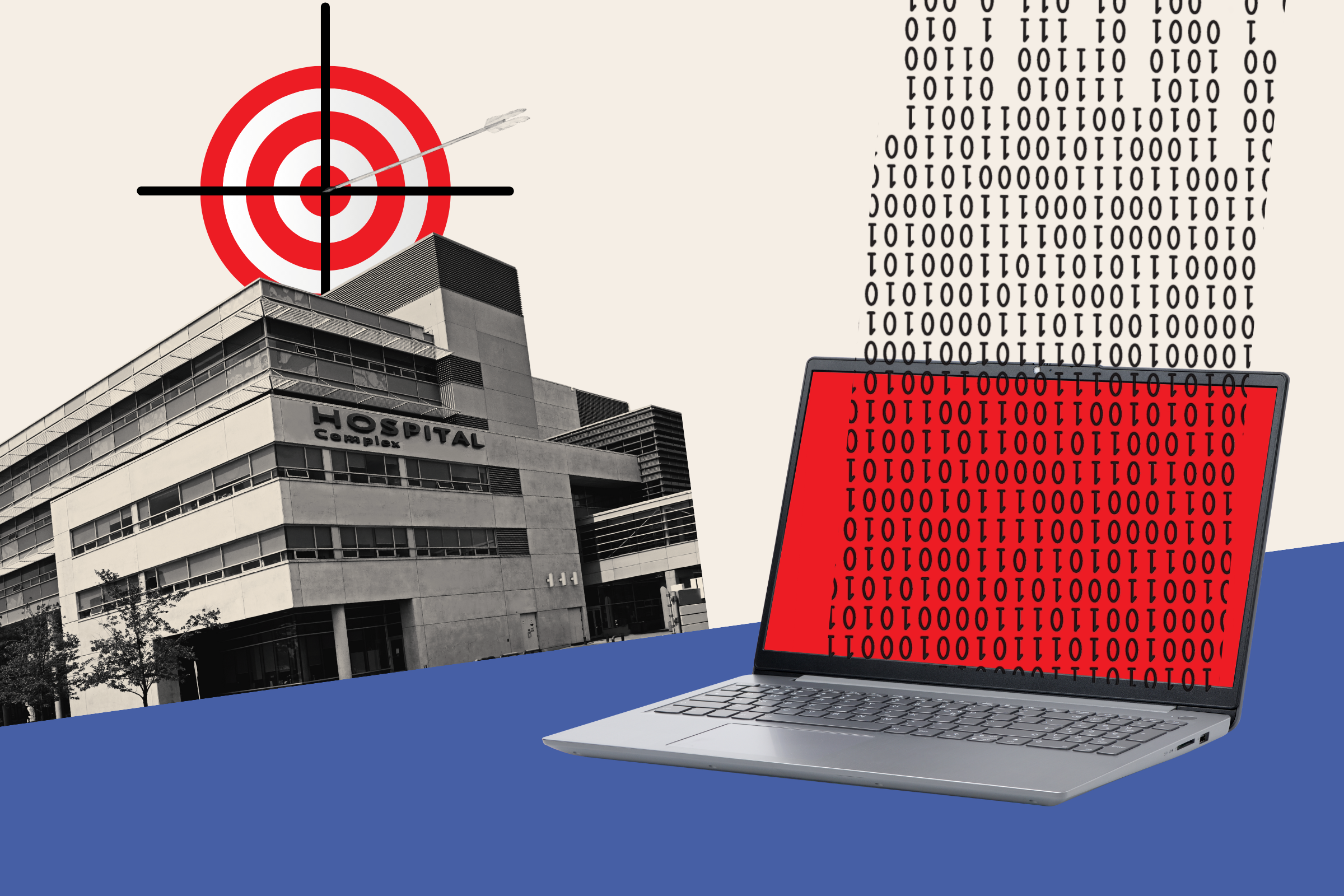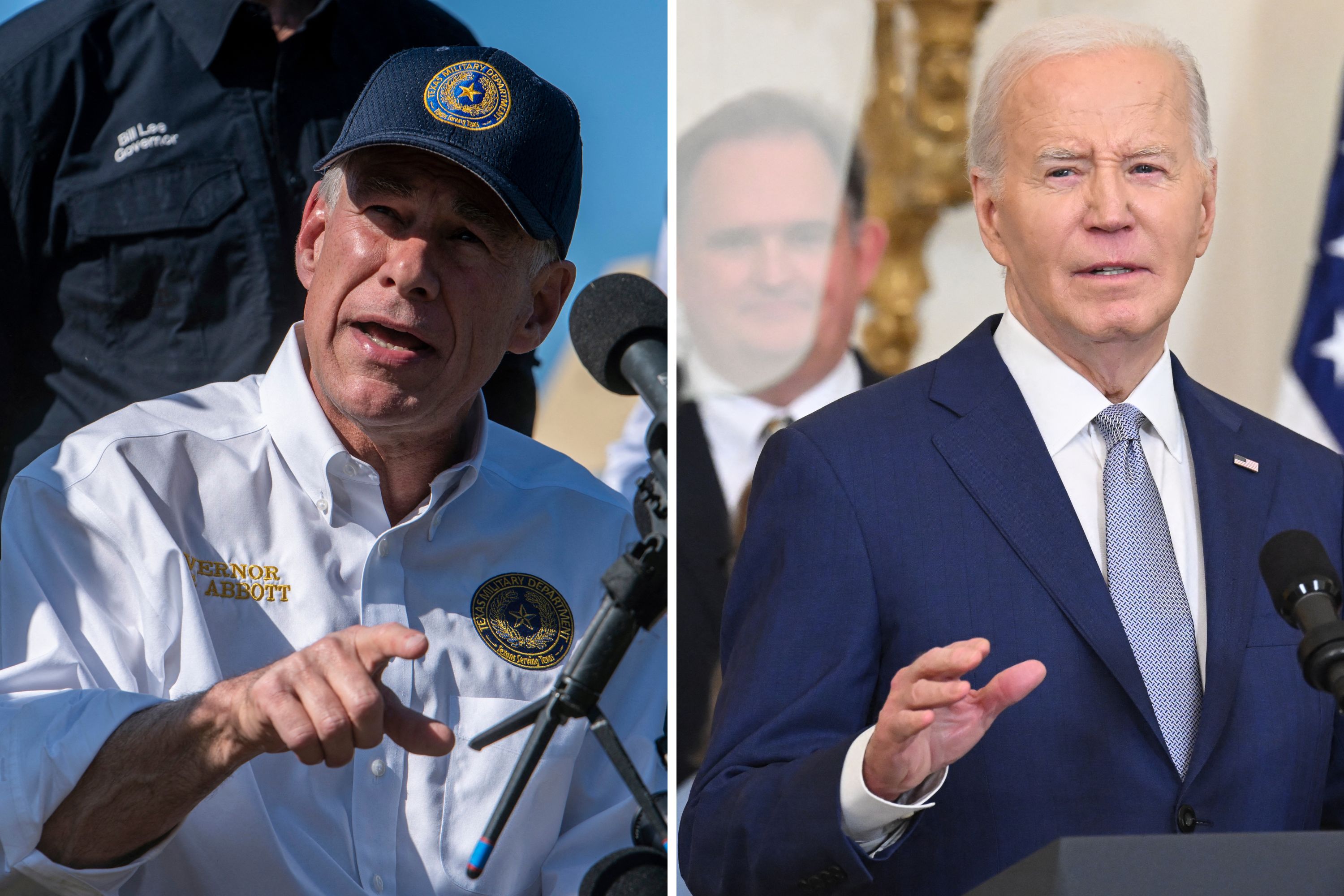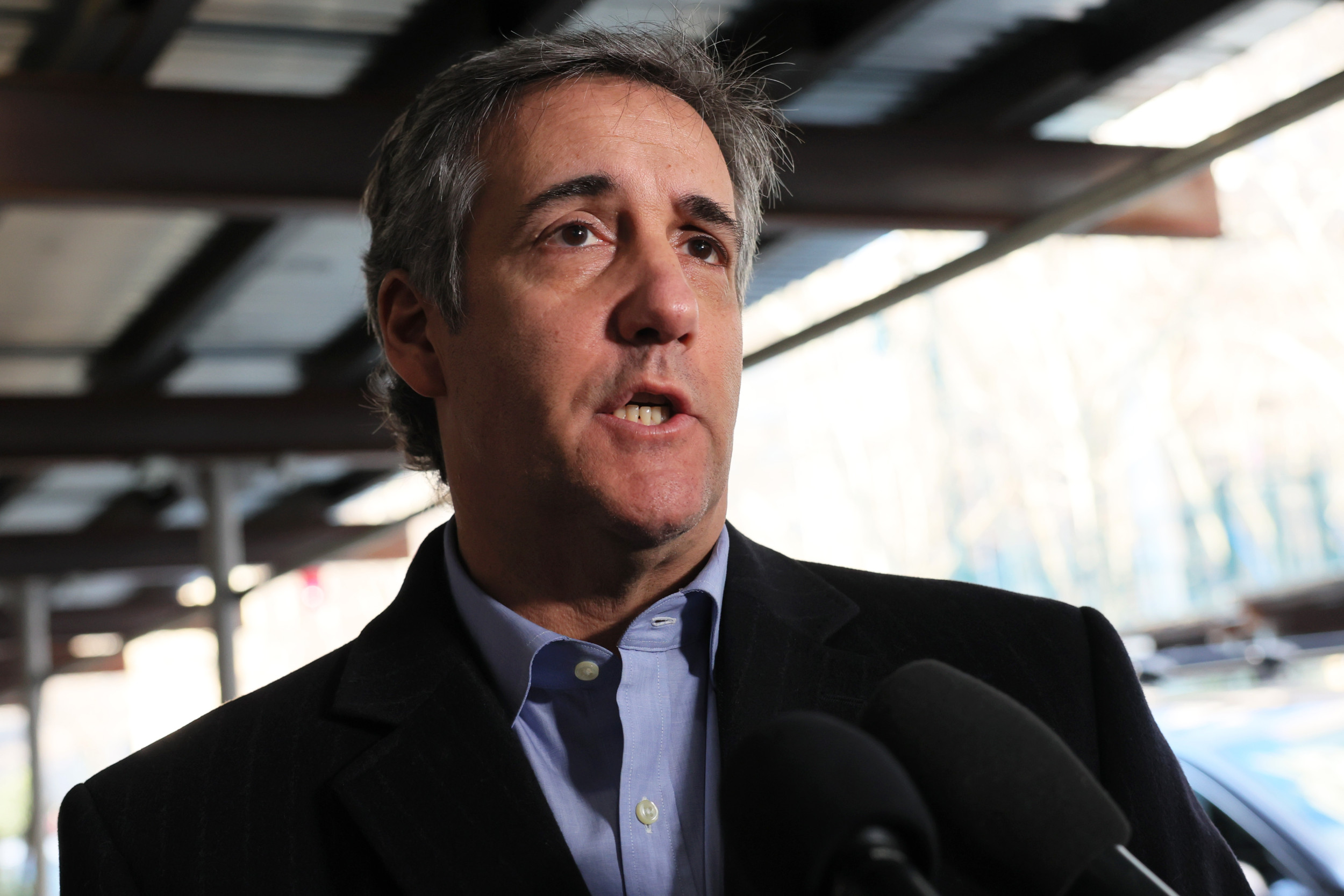
WE SCRIMP. We save. We plan. And we dream that when we retire—at 50 or 70 or 90—we'll ride off into the sunset on a chariot made of our sequestered gold.
But you can stop the dream right there.
It turns out that for all our good intentions, American retirement is in free fall. The problem isn't just the well-documented coming crisis in Social Security. Rather, by any measure, all the promises we made ourselves about the golden years of leisure are turning out to be empty.
By one broad measure of financial health, households in or near retirement appear to have a pretty comfortable nest egg: the present value of their Social Security benefits is about $160,000. There's also an average $136,000 worth of defined pension benefits, $94,000 in retirement accounts, $104,000 in housing equity, and more than $300,000 in other assets. Unfortunately, those are just averages: if you put me and Warren Buffett in a room together, our average wealth is in the billions, but I still can't buy a yacht.
When we look at the median numbers—the folks smack dab in the middle of the wealth distribution—the situation looks pretty grim. Social Security is still there. But 50 percent of Americans have $4,500 or less in a retirement account. Half of retirees and near-retirees have less than $75,000 worth of home equity. The median amount of other assets is about $45,000. Since you have to live in the house, this tells us that most older Americans are approaching retirement with very little in the way of a nest egg.
They're also approaching it without a pension. Defined-benefit pensions were never as common as we like to think: at their peak in the 1980s, about a third of the workforce was covered by one. And they've fallen pretty far since then. In the mid-1980s, there were 112,000 private-sector pension plans. That's now 30,000 and falling. A lot of employees lost their pensions when their employers failed. The government tried to prevent such catastrophes by forcing companies to do a better job of funding their pension plans, but instead, many shut them down entirely and shifted their workers into "defined contribution" plans—whose payouts are entirely dependent on contributions and investment returns—like 401(k)s.
As the first of the 401(k) generation approaches retirement, those accounts are looking pretty slim. The average 401(k) participant approaching retirement with roughly $100,000 in their account has enough to support withdrawals of about $5,000 a year. Even with Social Security, that's not enough to support the long years of travel and hobbies that most people probably envision. And it's actually worse than that because, like I said, those numbers are an average. Folks like Mitt Romney, with millions in their accounts, are dragging the mean upward.

One of the few ways employees have been able to save for retirement without apparent risk are big multi-employer union pension plans, which continued to offer old-school defined benefits, even for new members. Multi-employer plans (MEPs) were supposed to be as safe as houses—safer, even, than traditional single-employer pensions. Among other things, they were lauded for solving some of the drawbacks of the traditional pension, which would evaporate when you left a firm for a different job, and which also tended to become underfunded during recessions. Unfortunately, that was also when your employer was most likely to go bankrupt, dumping you on the street with no job and a big financial hole where your safe, guaranteed pension was supposed to be. (In the 1970s, America introduced pension insurance, which mitigated that problem, but often cuts benefits. And today, that federal insurance is now itself underfunded.)
MEPs also solved the problem of "job lock," which is what economists call it when you can't leave your job without losing your pension: as long as you stayed in the same industry, you'd continue to accrue your pension time. And theoretically, it solved the problem of employers who went bust. All the employers in an MEP are jointly responsible for the fund's liabilities. If an employer happens to go under without covering the full liability for its insured workers, the other employers pay slightly more to make up the gap. Essentially, MEPs provide their own pension insurance.
At least, that's how it worked until the 1990s. But like a lot of us, the MEPs have been badly hurt by the stock market's gyrations over the last decade. And the unique structure of MEPs that was supposed to make MEPs extra safe may also make them extra dangerous under some conditions.
Having all those employers paying in to cover the unfunded liabilities is great when you have many solvent employers and just a few bankruptcies. But if too many firms go under without paying their share of that "orphan liability," the burden on the remaining employers becomes intolerable. Suddenly, a big portion of your pension contributions are being diverted away from buying retirement security for people who work for you and into topping up the retirement benefits of people who worked for some defunct firm. This drives up costs, making it hard to compete with nonunion firms. As one expert told me, instead of being an organizing tool, an underfunded pension plan can be a "disorganizing tool"—an incentive for workers and companies to go "open shop" (meaning union membership is optional).

In 2010, the director of the Teamsters' Central States pension fund, one of the most notorious problem funds, testified to Congress that "if no action is taken, the fund is projected to be insolvent in the next 10 to 15 years." And while the stock market has recovered somewhat since then, the Pension Benefit Guaranty Corp. (PBGC), a government agency that insures pensions, considers the fund to be in "critical" status; it has less than 65 percent of the assets it will need to cover worker retirements.
Central States is responsible for the retirements of more than a quarter million workers. And it has a lot of company in its troubles; the Labor Department's list of underfunded plans stretches to hundreds of names. A full quarter of the MEPs covered by federal pension insurance are listed as "critical," while another 16 percent are "endangered." Unless something is done, the pension agency's fund dedicated to insuring MEPs is projected to run out of money by 2023.
In the face of this crisis, many companies are pushing to withdraw entirely from their funds, even at a high price: UPS gave Central States $6 billion to be released from the fund in 2008—which the fund promptly invested in a market that was about to crash. Even with a substantial withdrawal fee, companies estimate that they will certainly be better off (and the employees may be as well), because they won't be on the hook if more companies in the fund go bankrupt. Arizona-based Republic Services Inc., which hauls trash across the United States, has been trying to follow in the footsteps of UPS, but faced a bruising fight with the Teamsters, even though Republic declared its willingness to pay more than $100 million to break free.
As of this writing, locals in Michigan have broken away to join a different Teamsters pension fund, and this week, Memphis just voted to move to a 401(k); the fate of other locals remains unclear.
Republic's desire to pull out, even with a price tag of $100 million, seems entirely sensible. After all, they too relied on the promise that Central States would be able to pay out its pensions. Why should Republic end up footing the bill for other firms' workers? But if Republic's position seems sensible, so does the Teamsters' trepidation. Their workers relied on the promises of a solid pension when they spent decades working at jobs that weren't particularly pleasant, accepting those pension promises in lieu of higher pay. And as the example of UPS illustrates, every employer they allow out of their MEP fund puts the fund at greater risk of insolvency, even if those companies pay large sums to cover their share of the current unfunded liability. Why should they put worker retirement at risk to save Republic some money?
Writ large, these are questions we're all going to have to answer, because the fundamental truth is that we all made promises—to ourselves and others—that we're not going to be able to keep. The details of the Central States conundrum are individual, but the core dilemma is the same one facing the whole nation: we didn't save enough in the good times, and not enough new workers are coming into the system to make up for our undersaving. If everyone had been saving 15-20 percent of their income, most 401(k) participants would have enough money to retire. If the economy had grown faster, Social Security would be solvent and our pension funds and 401(k)s would be overflowing. If the ratio of workers to retirees had stayed at 5 to 1, as it was in 1960, we could increase Social Security benefits to make up for our 401(k) losses without worrying too much about where the money would come from.
But none of these things happened, which means that someone's expectations are going to be shattered. That's why these battles are so ferocious. In the present world, where the ratio of workers to retirees is less than 3 to 1 (and headed rapidly for 2 to 1) all of the choices mean that someone has to take an ugly loss. "Can it work to retire for 30 years after working for 40?" asks Joshua Rauh, a Stanford University economist who studies pension funding. "Unless you're going to cut consumption drastically, to answer your question, probably not."
Correction: The original version of this story misstated the name of Republic Services Inc.
Uncommon Knowledge
Newsweek is committed to challenging conventional wisdom and finding connections in the search for common ground.
Newsweek is committed to challenging conventional wisdom and finding connections in the search for common ground.
About the writer
To read how Newsweek uses AI as a newsroom tool, Click here.






